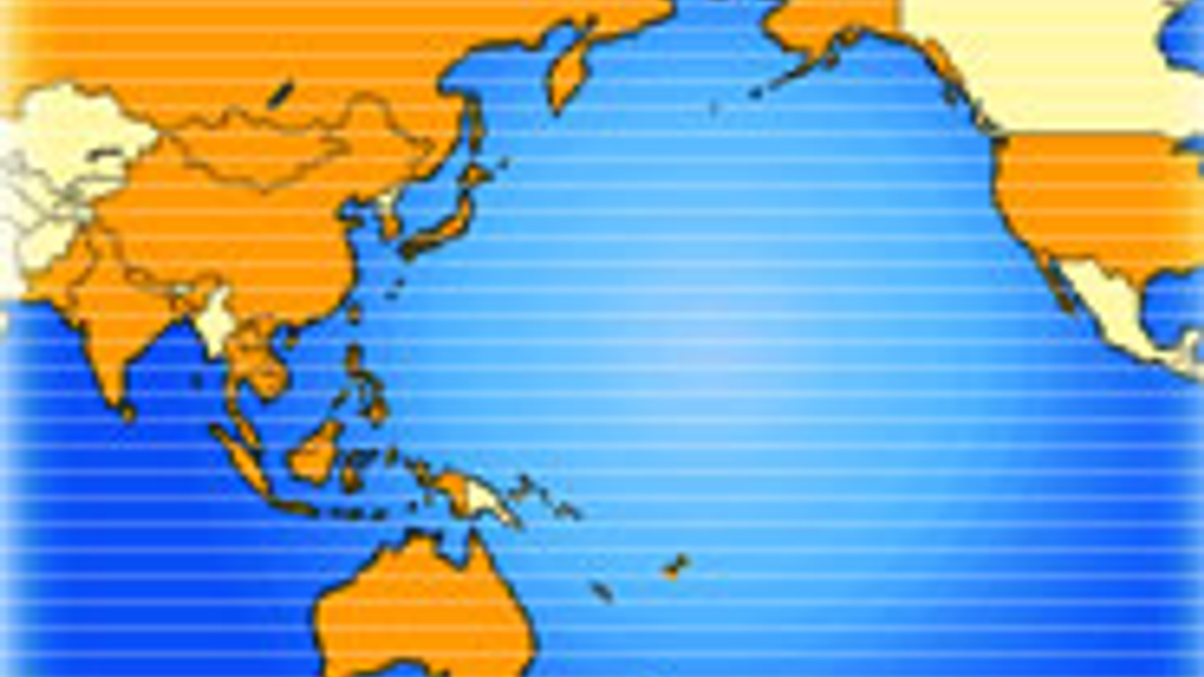Asia must act to maintain growth momentum: IMF
IMF director for Asia and Pacific, Anoop Singh, sees room for policy change and is positive about domestic consumption, but says collective action on growth drivers in the region is needed.

Growth in Asia-Pacific has slowed as debt crises in advanced economies have spread and there are “clear downside risks” ahead, warned Anoop Singh at the annual IMF-World Bank summit in Tokyo.
Sign in to read on!
Registered users get 2 free articles in 30 days.
Subscribers have full unlimited access to AsianInvestor
Not signed up? New users get 2 free articles per month, plus a 7-day unlimited free trial.
¬ Haymarket Media Limited. All rights reserved.


